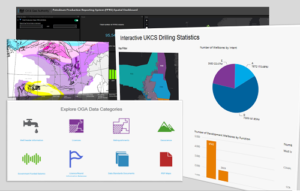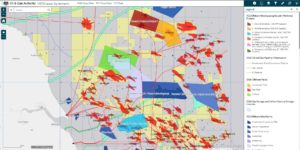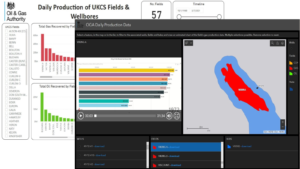We’re building the future of the geospatial community and we need your talent
Geoawesomeness celebrated its 10th anniversary earlier this year and we believe it’s time to (re)envision the future of the Geospatial community! We are thrilled you’re considering working/volunteering with us. You’ll be joining a friendly, fun, innovative, and inspiring global community.
Over the past decade over 150 authors with diverse educational, cultural and linguistic backgrounds have volunteered their time and shaped the blog to what it is today – an open and global platform that connects the geospatial community and aims to tell the story of geospatial data and tools are transforming the world. This shared passion for all things location is what unites this diverse group of people.
Contract work
- Web developer and Digital designer: Help redesign the website and our logo. A creative brief with estimated budget is available for review. If you are interested, please reach out to us via email (info@geoawesomeness.com) by 25th November.
Join the team
Not a web developer? Here are other ways in which you can contribute to our global community.
- Blogging and content writer
- Local meetup organiser (1st chapter already up and running in Munich, Germany)
- Video content creator and editor
- Community forum moderator
- Advisory and Steering Committee
- Geospatial for good Outreach Coordinator
What does Geoawesomeness offer?
- A global platform to showcase your personal expertise and passion for geospatial.
- Opportunity to network and connect with members of the geospatial community.
- Take Geospatial to the world – help tell the story of how geospatial data and tools are transforming the world for the better.
- A partnership for change – Do some real good by support organisations such as MapAction and Humanitarian OpenStreetMap.
- A Diverse, inclusive and open platform: geospatial cannot transform the world without all members of our community being a part of it.
If you are interested in joining the team or need more information, please do send us an email at info@geoawesomeness.com.
P.S: If you are a student looking to do a paid internship, please do mention that in the email.









